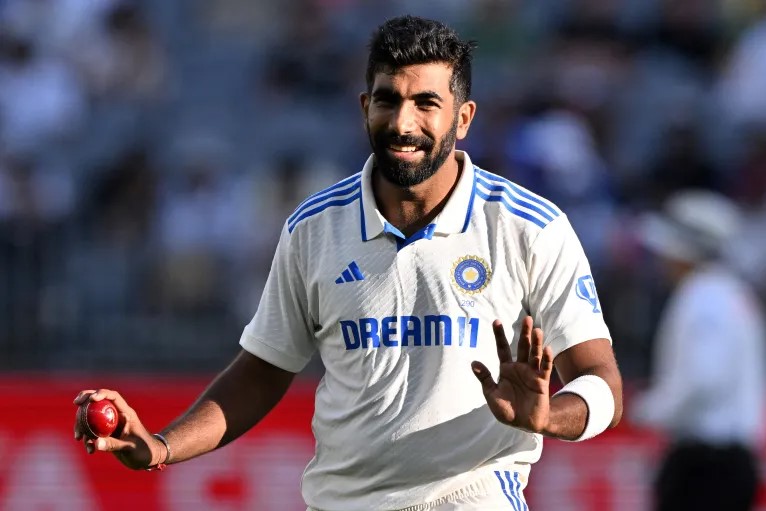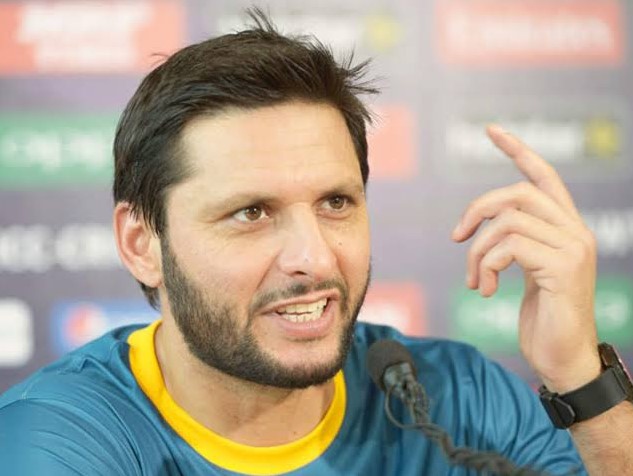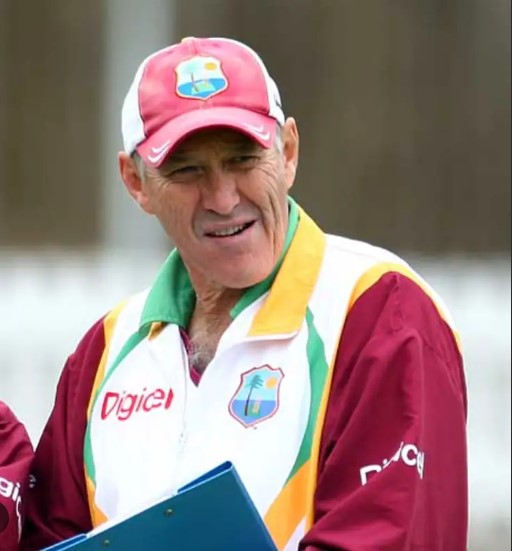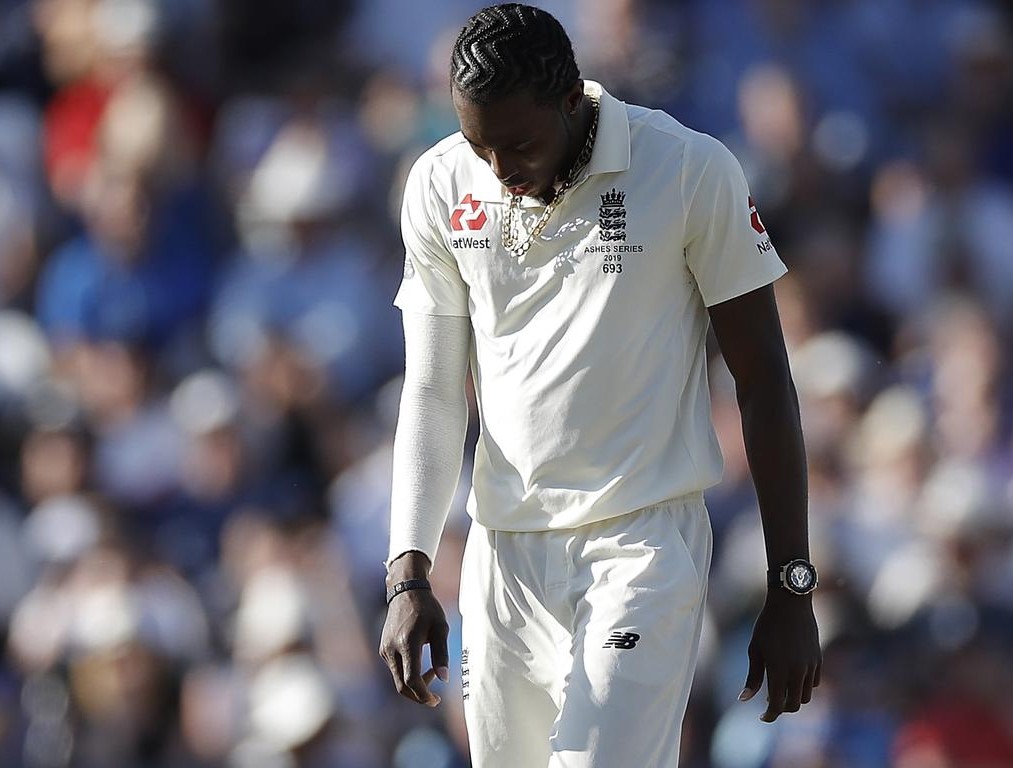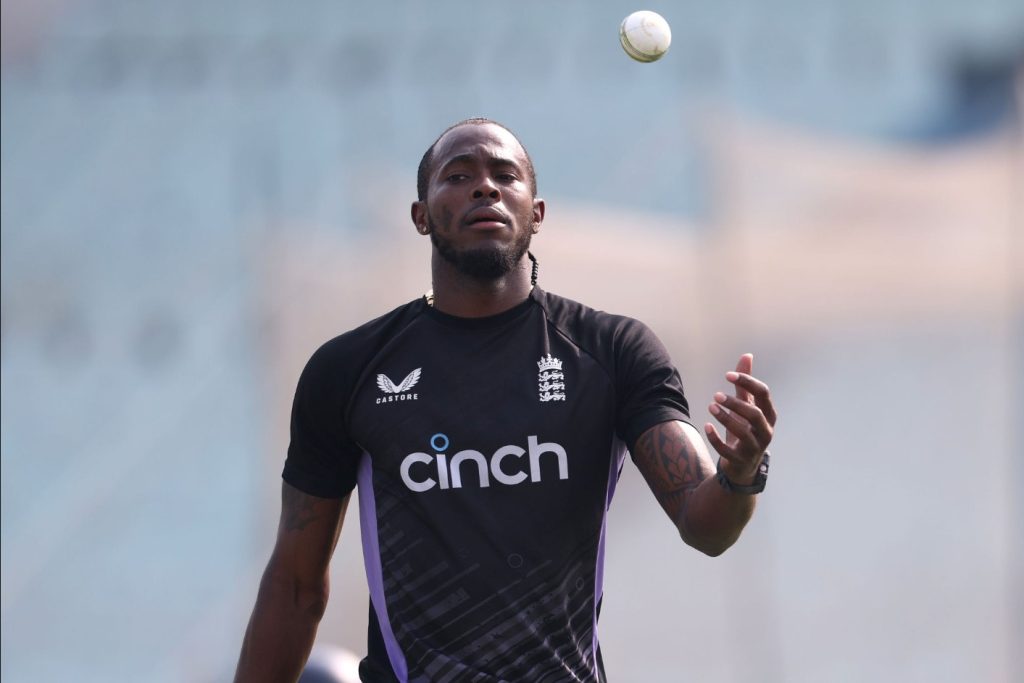Pricey Overs: The Most Expensive T20 Bowler of All Time
Most Expensive: T20 cricket, with its explosive batting and fast-paced action, has become the most thrilling format in the game. Bowlers, while often seen as the underdogs in this format, can change the course of a match with just one brilliant delivery or a spell of pressure bowling. However, there are times when even the most seasoned bowlers find themselves on the wrong end of a brutal assault, leading to some of the most expensive overs in T20 cricket history.
Most Expensive: In T20 matches, bowlers are expected to be more economical and effective, particularly in the death overs. But aggressive batsmen, flat pitches, and high-pressure situations can result in some costly overs. Over time, several bowlers have set records for conceding the most runs in an over, and the reasons behind these pricey overs can vary from poor execution to simple domination by the batsmen.
Most Expensive: In this article, we explore the most expensive T20 bowlers of all time, examining the context of their overs, the batsmen involved, and how these overs impacted their careers and T20 cricket in general.
Factors That Contribute to Expensive Overs in T20 Cricket
Most Expensive: Before we dive into the specifics of some of the most expensive overs in T20 history, it’s essential to understand the factors that lead to these costly overs. Some of the key elements that contribute to an over becoming expensive include:
- Aggressive Batsmen: In T20 cricket, it is not uncommon for batsmen to play aggressive shots from the very first ball they face. With modern-day cricketers like Chris Gayle, AB de Villiers, and Andre Russell, any bowler can become a victim of an onslaught. A few big hits can drastically inflate a bowler’s economy rate.
- Flat Pitches: A flat pitch with little assistance for the bowlers offers an ideal platform for batsmen to score freely. The lack of bounce or turn makes it difficult for bowlers to control the game, often leading to expensive overs.
- Pressure Situations: Bowlers who have to bowl in pressure situations, like during the death overs, often find themselves conceding boundaries and sixes. The game’s closing stages are where most runs are scored, and bowlers are expected to deliver under immense pressure.
- Inexperience or Bad Execution: Sometimes, a bowler may not execute their plans well, allowing batsmen to exploit any mistakes. The inability to bowl yorkers, slower balls, or variations correctly can result in a bowler conceding plenty of runs.
- High-Scoring Matches: In a high-scoring match, the run rate is consistently high, and bowlers are more likely to give away runs. Even the best bowlers can end up with high figures in a game where boundaries are flowing thick and fast.
Most Expensive: Now that we have an understanding of why bowlers concede expensive overs, let’s look at some of the most notorious and expensive overs bowled in T20 history.
The Most Expensive Overs in T20 Cricket
1. Ravi Rampaul (West Indies) – 1/55 vs. Sri Lanka (2012 T20 World Cup)

Ravi Rampaul, a West Indian fast bowler, became part of T20 cricket history for conceding a staggering 55 runs in his four-over spell against Sri Lanka in the 2012 ICC T20 World Cup. His expensive spell came during a match where the Sri Lankan batsmen, led by the aggressive Mahela Jayawardene and Kumar Sangakkara, took advantage of the flat conditions.
Rampaul was the victim of some brutal hitting, with big shots regularly clearing the boundary. Despite picking up a wicket, his high number of runs conceded made his spell one of the most expensive in T20 World Cup history.
Key Stats for Ravi Rampaul (2012 T20 World Cup):
| Bowler | Runs Conceded | Overs Bowled | Wickets Taken | Economy Rate |
|---|---|---|---|---|
| Ravi Rampaul | 55 | 4 | 1 | 13.75 |
Rampaul’s performance in this match serves as a reminder of how high-pressure situations and aggressive batsmen can lead to a bowler conceding significant runs, no matter their skill level.
2. James Faulkner (Australia) – 0/69 vs. India (2013)

James Faulkner, an Australian left-arm seamer, had a nightmare spell against India during the 2013 series. Faulkner was hammered for 69 runs in his four overs, marking one of the most expensive bowling performances in T20 cricket. India, led by the explosive Virat Kohli, took full advantage of Faulkner’s lack of control, with the Australian bowler conceding multiple boundaries and sixes.
Faulkner’s over also highlighted the aggressive batting tactics that often lead to high economies in T20 cricket, where bowlers can be taken apart even when they have a good reputation.
Key Stats for James Faulkner (2013 vs India):
| Bowler | Runs Conceded | Overs Bowled | Wickets Taken | Economy Rate |
|---|---|---|---|---|
| James Faulkner | 69 | 4 | 0 | 17.25 |
Faulkner’s spell stands out for how the Indian batsmen completely dominated his bowling, with several misexecuted deliveries being dispatched to the boundary. This performance marked a tough moment in Faulkner’s career but was also a learning curve for him in terms of adapting to high-pressure scenarios in T20 cricket.
3. Ajantha Mendis (Sri Lanka) – 0/66 vs. New Zealand (2012)

Ajantha Mendis, one of the most successful mystery spinners in T20 cricket, had his fair share of brilliant performances. However, his spell against New Zealand in 2012 was a costly one, as he gave away 66 runs in his four overs without taking a wicket.
Mendis, who is known for his deceptive deliveries and variety, was unable to trouble the New Zealand batsmen. Martin Guptill and Brendon McCullum punished him, scoring freely off his slower deliveries. Mendis’ expensive overs were largely due to the aggressive approach by the New Zealand openers.
Key Stats for Ajantha Mendis (2012 vs New Zealand):
| Bowler | Runs Conceded | Overs Bowled | Wickets Taken | Economy Rate |
|---|---|---|---|---|
| Ajantha Mendis | 66 | 4 | 0 | 16.50 |
4. Rashid Khan (Afghanistan) – 0/56 vs. India (2018)

Rashid Khan, Afghanistan’s star leg-spinner, has made a name for himself as one of the best T20 bowlers in the world. His pinpoint accuracy, deceptive googlies, and excellent control over the ball make him a dangerous proposition for batsmen. However, during a high-profile clash between Afghanistan and India in 2018, Rashid Khan was taken for 56 runs in his four overs, which was one of his most expensive spells in international T20 cricket.
Rashid Khan’s economy rate skyrocketed as the Indian batsmen, particularly Rohit Sharma and KL Rahul, took him on. The flat conditions and aggressive approach by the Indian batsmen contributed significantly to the high runs conceded.
Key Stats for Rashid Khan (2018 vs India):
| Bowler | Runs Conceded | Overs Bowled | Wickets Taken | Economy Rate |
|---|---|---|---|---|
| Rashid Khan | 56 | 4 | 0 | 14.00 |
The Nature of Expensive Overs in T20 Cricket
Expensive overs in T20 cricket are a natural byproduct of the format’s aggressive nature. With big bats, short boundaries, and dynamic batting, bowlers are often put under immense pressure. The most expensive overs, such as those by Ravi Rampaul, James Faulkner, Ajantha Mendis, and Rashid Khan, serve as a reminder that even the best bowlers can experience tough days in T20 cricket.
While these bowlers have had some of their worst days on the field, it is important to recognize that T20 cricket, by its very nature, is a high-risk game where both bowlers and batsmen can have their moments of brilliance and failure. Despite these costly overs, these bowlers have continued to maintain stellar careers, proving that in T20 cricket, one bad spell is just a small part of the larger journey.
